Precautions you Need for Working at Height
Recognising the risks and preparing safety measures
When we talk about ‘working at height’ the first thing that comes to mind is likely to be tall buildings and nauseating pitfalls, however the definition is much broader than most people might think.
Any place where someone could fall from one level to another lower one and suffer injury is defined as working at height, with the only exceptions being falls down permanent staircases or slips and trips on a single level. As such the associated hazards are far more commonplace than you might think.
Work at height can involve:
- Working above ground or floor level.
- Anywhere someone could fall from the edge of a raised platform.
- Places with the possibility of falling through an opening either on an upper level or from ground level (e.g. holes in floor, excavations, manholes and pits).
- Working on fragile surfaces (e.g. fragile roofs or floors above a void).
- Working inside a confined space (which can in turn present additional risks).
Once you realise a prospective worksite meets one or more of these criteria,you need to take action to counteract the risks which are present.
Assessing, planning and taking action against risk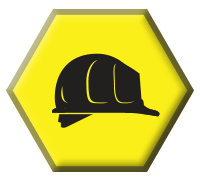
The job must be carefully planned in advance, properly supervised and carried out safely by competent workers. It all starts with the risk assessment; this will highlight the hazards and the risks from which you can decide on appropriate controls, these will then form the basis of a method statement for completing the job.
In the planning stage,emergency procedures should be formulated and clearly communicated to workers in case there is an accident or incident. The working platform must be safe, secure and suitable for the work being carried out.
When using scaffolding ensure it is:
- Erected by competent contractors.
- On secure, solid, level ground.
- Complies with requirements for guard rails, toe boards, etc.
Particularly careful consideration should be given to how workers will get to the work platform. You will need to assess whether a ladder is sufficient or whether stairs or a mobile elevated work platform (MEWP) would be more suitable. This may need to be planned and assessed in addition to the work being completed as it can introduce additional risks.
Above all, the workers need to be capable and experienced. They should be competent at the job at hand along with working at height and will need to be informed of the risks involved, the controls and how to use any equipment.
The hierarchy of control
Using the hierarchy of control, the most appropriate precautions would be:
- Eliminate the need for working at height altogether if possible.
- Reduce the time spent at height by doing as much preparation as possible at ground level before work commences.
- Isolate the hazard using guardrails, edge protection and fencing, etc.
- Arrange controls such as a fall prevention system (collective and personal), fall protection (e.g. safety nets/airbags) and warning signs.
- PPE – while important – should not interfere with or impede other integral safety measures, if it does it should be adjusted or replaced accordingly.
- Discipline:
- Instruction – ensure workers know what they are expected to do.
- Training – workers need to be competent and experienced.
- Supervision – work to be planned and monitored throughout.
- Information – workers need to be aware of hazards, risks and controls alongside emergency procedures should something go wrong.
Remember, every job is different and so this will need to be done for every job where a worker could fall.
Dismissing these measures as unnecessary hassle may be tempting for smaller jobs but a single fall can devastate a worker’s life and a company’s credibility. Even seemingly short drops or work platforms that appear safe at a glance are potentially death traps under the wrong circumstances.
Assess, plan and take precautions every time and if in doubt, consult an expert.
Victoria Hughes

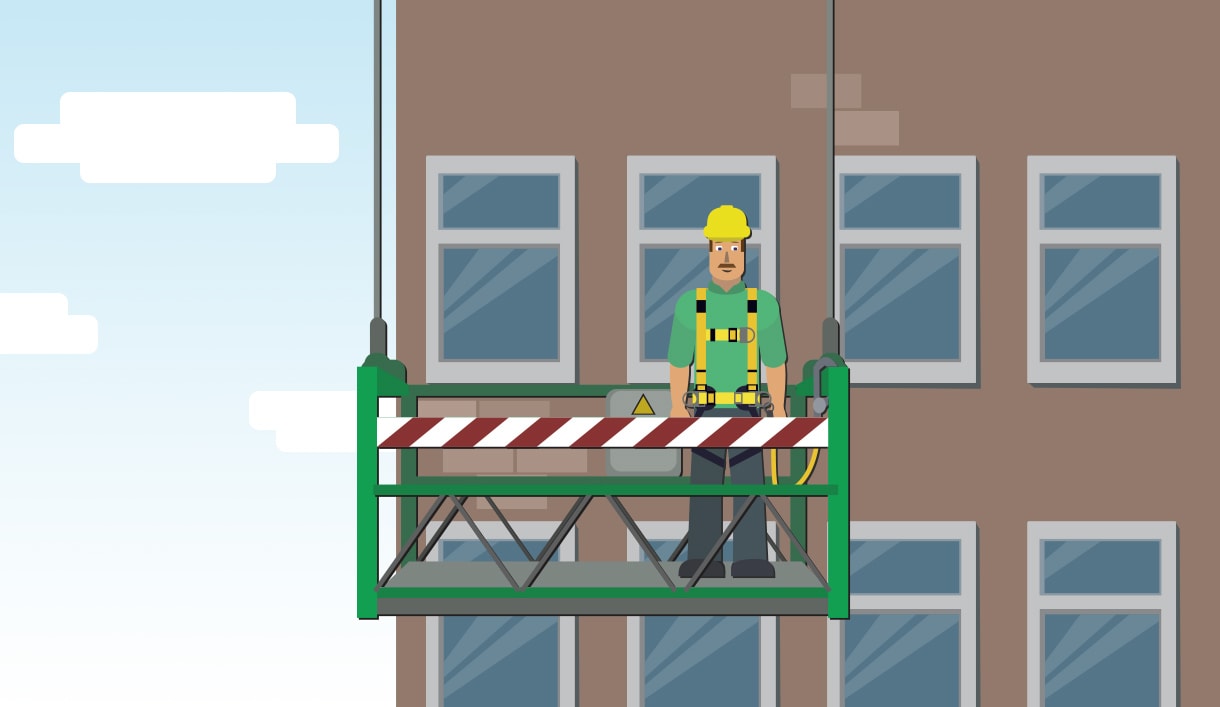


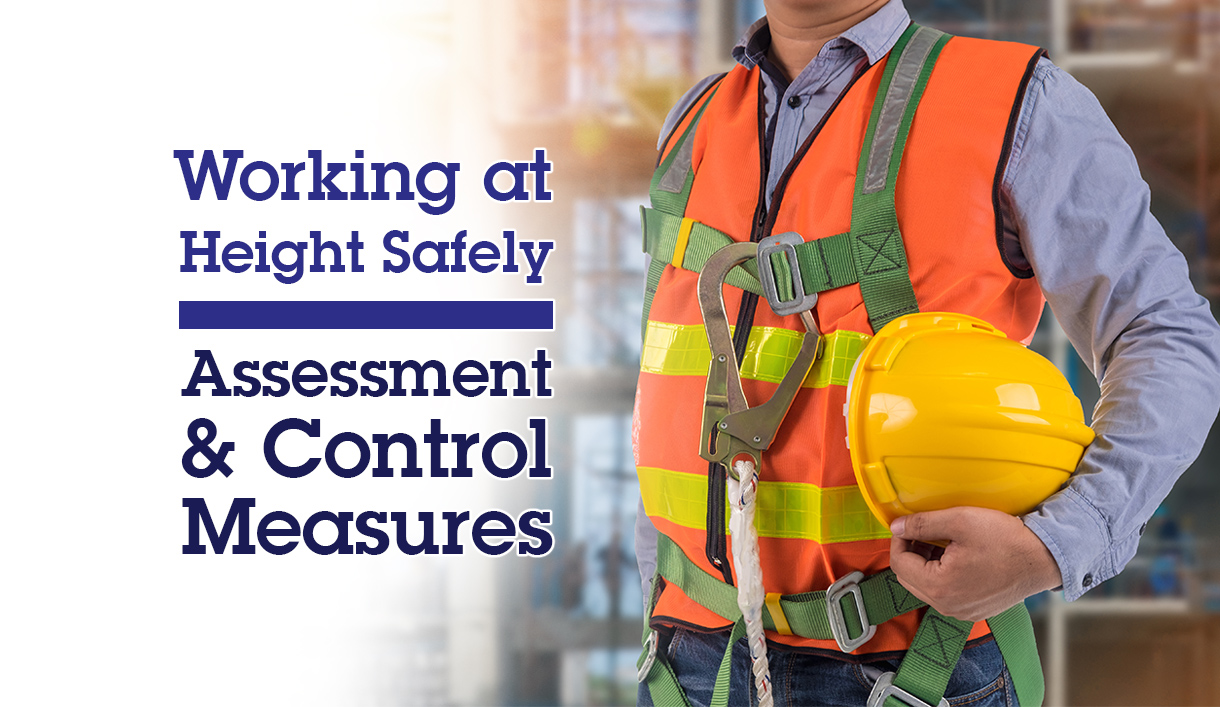
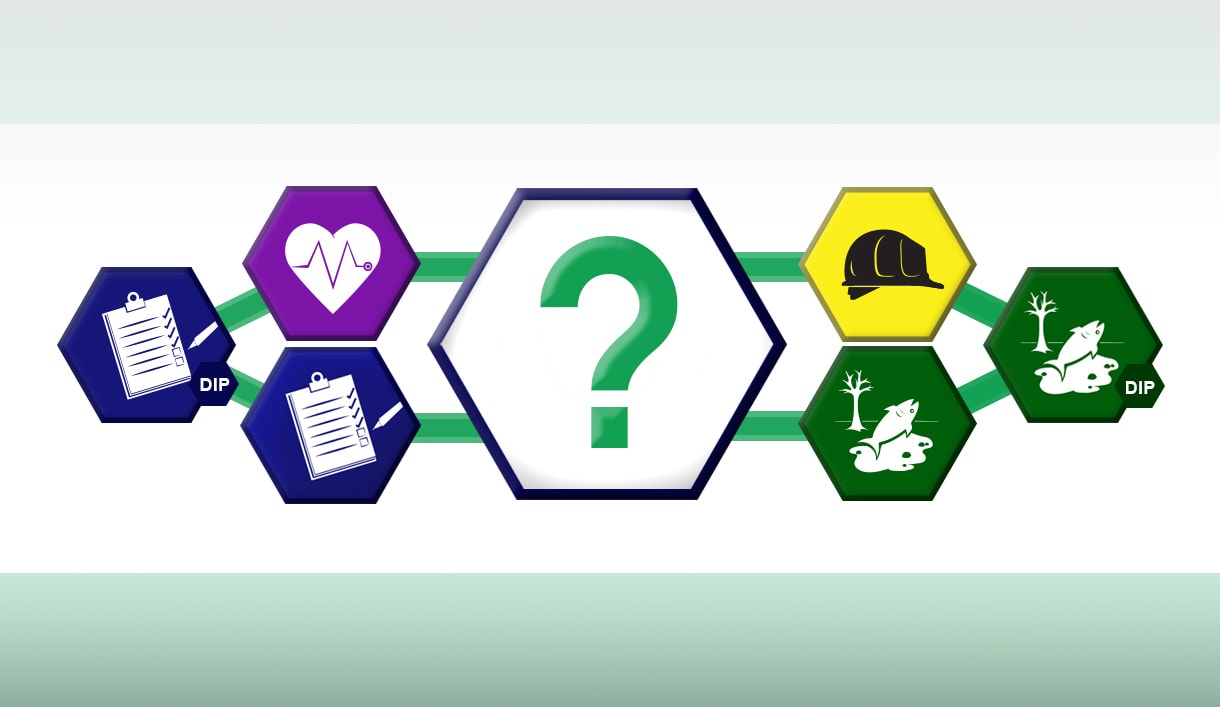
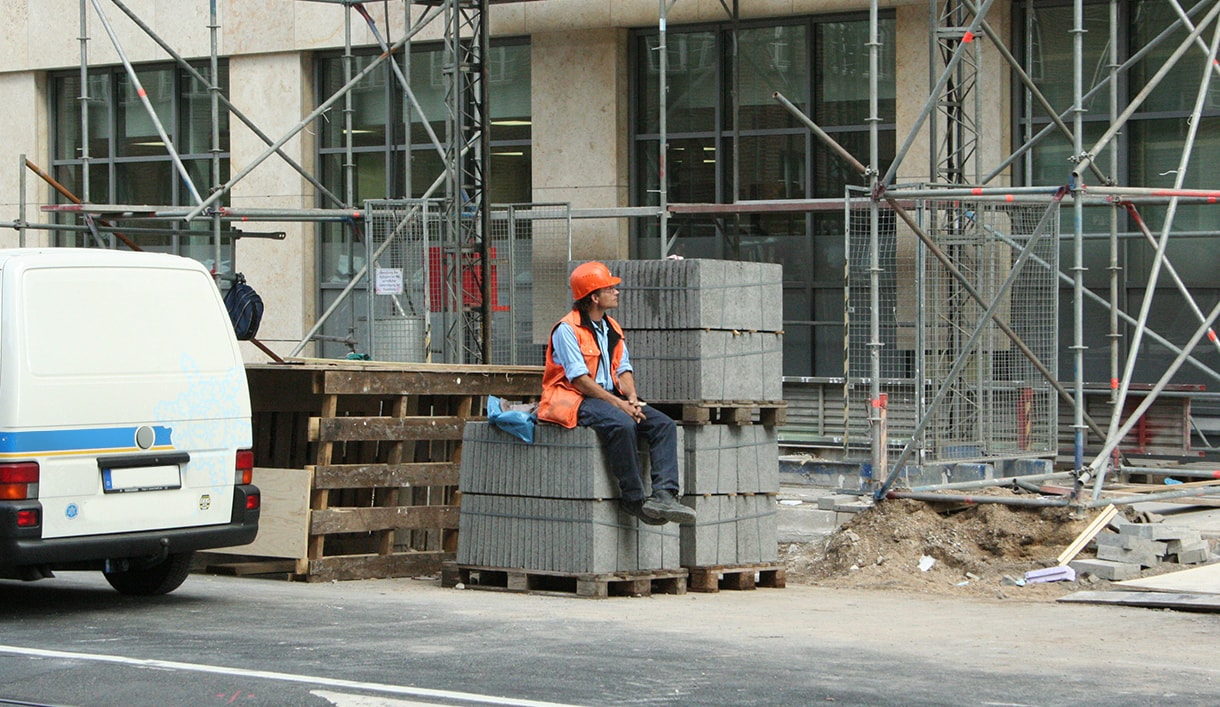
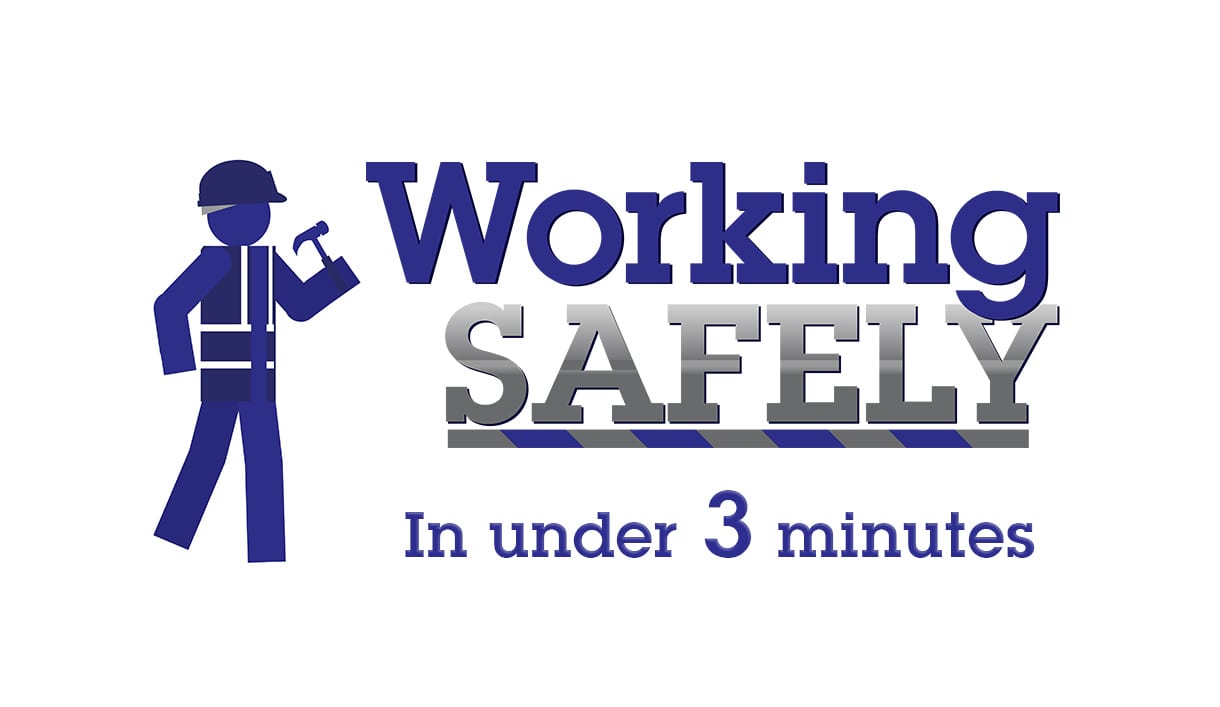

Recently, my brother was telling me about a project that he would be doing that would require him to work at big heights. I want him to be safe and he is going to take work safely at heights training. I will also tell him to do constant risk assessments to keep him out of harm’s way.